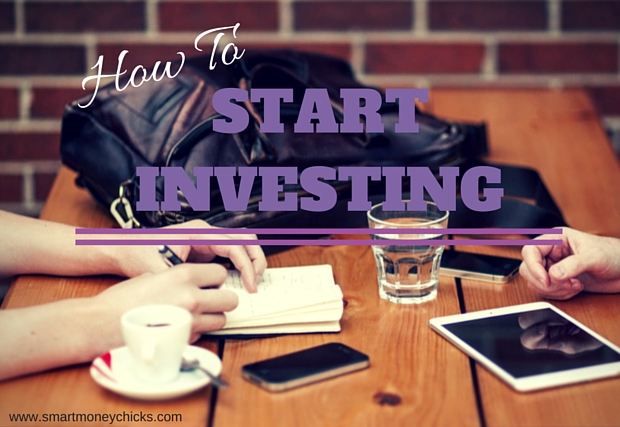
How to Start Investing in the New Year
If you’ve been putting a little money aside from each paycheck you already know the importance of saving. But what about investing? Some people cringe at the thought of putting their money into the stock market in fear of losing their savings. However as a Financial Planner I can tell you that it doesn’t always happen that way.
Investing is just like the news, you only hear about the bad things. The world was quick to jump on the market crash of 2008 and why investors should be weary of where they put their money. We very rarely hear about the success stories. The truth is not everyone who invested money lost it all and neither will you, if you invest wisely.
If you want to start investing this year here’s a step by step guide on how to get started:
Find room in your budget
One of the biggest mistakes you can make when starting to invest is to jump in feet first and invest lump sums of money at one time, especially money that you may not have. When clients come to see me and ask to apply for a loan so they can invest I always ask them “Why would you get into debt for something you don’t even know you like?” That just doesn’t make smart financial sense.
Find room in your monthly budget to invest money you already have. Once you are comfortable you can invest larger sums of money such as your year-end bonus or tax refund. But don’t get into debt for investing.
Set up automatic payments
Just as investing a lump sum of money is not a good idea for your pocketbook, it’s also not a good idea for your investment strategy. When you purchase investments in lump sums you buy the investment at one price – what if that price is high?
Making a profit with investing comes when you buy low and sell high. So it just makes sense to purchase investments regularly, over time to average out your cost. Set up automatic payments to purchase investments with your pay checks or once a month, this will help you save regularly and buy into the market at different times as well as different prices.
Start conservatively
There are a ton of investment options available to new investors. You don’t need to put all (or any) of your hard earned money into high risk investments. Start conservatively with a low risk, interest-bearing investment such as a bond mutual fund or ETF. I’m also a huge fan of buying index funds because the cost is lower since they follow a stock market index and are not actively managed.
Once you are comfortable with the fluctuations in the value of your investments compared to the market performance you can start to diversify and buy additional investments. But that comes later and with the advice of a professional.
Talk to a professional
How you choose to invest is an individual decision, that’s why it’s called personal finance. You may have a different risk tolerance than your best friend and she may have a longer time horizon than you do; therefore you each need different investments.
Talking to a professional (like a financial planner) can help find the best investment options for you and your personal goals.
If you’re a seasoned investor, what advice can you give to beginners?
Tahnya Kristina is a personal finance blogger and Certified Financial Planner. She enjoys helping people land their dream job, achieve financial success and find personal happiness. Say hi anytime www.twitter.com/tahnyakristina
Excellent strategies! I like your strategy for regular payments via automatic transactions! Gotta be careful though!